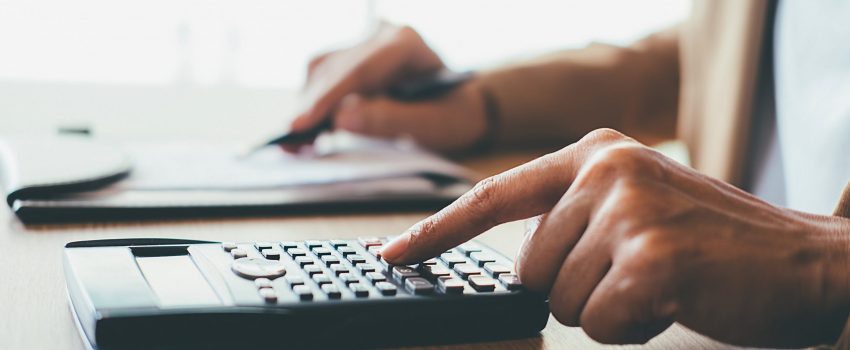Consumer debt is a reliable indicator of the trend in bankruptcy filings, as well as the health of America’s economy as a whole. History confirms that rising consumer debt eventually results in a spike in bankruptcies, and if other elements are not addressed, the increase in filings could be exacerbated during an economic downturn.
When household debt levels become too high, mortgages become unmanageable, and defaults could follow as a result. Household debt consists of mortgages, auto loans, student loans, and credit cards. In 2017, household debt in America reached $12.995 trillion, according to the New York Federal Reserve. Though the number is not adjusted for inflation it is the highest consumer debt, even surpassing 2008, the period right after the start of the “Great Recession.”
When household debt rises to these levels, even the slightest economic hiccup could make revolving debt payments unaffordable for a family, ultimately resulting in a surge of consumer bankruptcy filings. This situation is precisely what the country went through in 2007.
About a decade ago, housing expenses and revolving debt became overwhelming for many American families after the housing market crash dragged down jobs and industries tied to the market. The resulting economic chaos culminated with a record amount of bankruptcy filings during the early part of this decade.
In 2017, consumer debt was on the rise with a 9.9 percent increase in revolving debt – mostly credit cards – for the month of October. Student and auto loans, both non-revolving and credit outstanding, rose at 5.3 percent year-over-year for the same month.
The Federal Reserve indicates the amount of revolving debt accumulated has recently grown. This type of debt, which mostly originates from credit cards, is used to cover the gap between income and overspending. Between 2014 and 2016, revolving debt averaged four to six percent but now sits close to eight percent.
However, personal bankruptcy filings in the United States have been declining since 2011 and recent reports indicate this trend has not changed. According to the Administrative Office of the U.S. Courts (AOUSC), consumer filings fell 1.8 percent to 779,828 for the 12-month period beginning April 2017 through March 2018, compared to the prior 12 months when 794,492 consumers filed bankruptcy.
While California had the highest number of bankruptcy filings than any other state, it still falls below the median when considering population, with only an average of 179.21 bankruptcies per 100,000 residents. The highest number of filings per capita was Alabama, filing 554.46 per 100,000, followed by Tennessee and Georgia. Alaska was the lowest at only 58.09 filings per 100,000 inhabitants.
Although personal bankruptcies are down, not all bankruptcy filings have decreased. Chapter 11 filings, which is most commonly used by businesses, are on the rise. Under a Chapter 11 bankruptcy, the court may allow the business to follow a plan to reorganize their debts so it can pay its creditors while continuing to operate the business. Generally, only larger companies file Chapter 11 because of the complexity; however, there are circumstances wherein it is the only option for some limited liability companies, partnerships, or even individual consumers.
Per MarketWatch, expectations of rising inflation, along with speculations that the Federal Reserve will raise interest rates, are causing Treasury yields to remain at higher levels, hitting 3% on April 24th. This rise in rates affects the ability of businesses to obtain credit and is a possible cause for the surge in filings.
While Chapter 11s have increased, they make up a small percentage of the overall business bankruptcy filings. Total business bankruptcies have decreased from 23,591 to 23,106, showing most businesses are remaining strong.
Consumer bankruptcy filings in 2018 are likely to increase if consumers continue to use credit cards and other forms of revolving debt to cover expenses not met by available income. Other factors may also play into bankruptcy numbers over the next several months. Although the economy is humming along, political changes, including tax reform, loss of health insurance, or a prolonged tariff battle, could increase bankruptcy filings more rapidly than expected. The U.S. could also see an uptick in filings in 2018 if the household debt numbers continue their upward trend.
Bankruptcy filings are a significant hit to the American economy, restricting consumer spending, negatively affecting the housing market, and in the case of a business filings, resulting in the loss of American jobs. A focus by consumers to reduce revolving debt is only half the battle. Analysts, investors, and the Federal Reserve should alert the public to the dangers of carrying too much revolving debt, rather than pushing the agenda that the U.S. economy is thriving and unstoppable.






